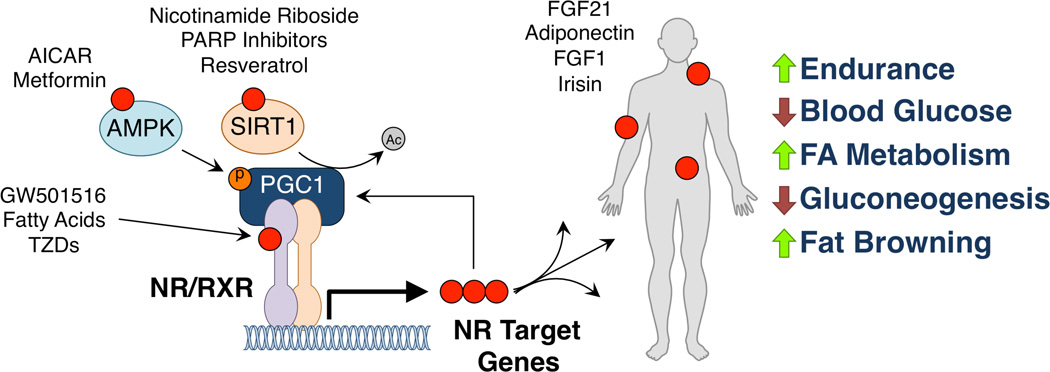Figure 1. Unified pathways for exercise mimetics.
Compounds, either endogenous or synthetic, that can recapitulate the benefits of exercise (red dots) interact with several different parts of a unified nuclear receptor/cofactor transcriptional complex that promotes the expression of genes that maintain metabolic homeostasis. Direct ligands for nuclear receptors (GW501516, fatty acids, and TZDs), activators of the nuclear receptor cofactor PGC1 alpha AMPK and SIRT1 (AICAR and metformin, and nicotinamide riboside, PARP inhibitors, and resveratrol respectively) promote the expression of nuclear receptor target genes (FGF21, adiponectin, FGF1, and irisin) which can be secreted to function as endocrine hormones with peripheral effects. Comprehensively, these exercise mimetics can promote endurance in skeletal muscle, lower blood glucose levels, increase fatty acid metabolism, suppress hepatic gluconeogenesis, and cause browning of white fat into beige fat.

